The presenting of violence prone agitators, militants, war criminals and terrorists as heroes of the Armenian nation is not only justifying their activities, but also creates perception management at the same time. People who have actively taken part in armed attacks, massacres, black propaganda and radical organization activities being buried in the military cemeteries in Armenia, streets being named after them, their statues being erected with opening ceremonies that are attended by highest level officials are examples of these policies that have been continuing for many years.
It is possible to provide a contemporary example of this situation with a publication of the Armenian Apostolic Church. The “This Week in Armenian History” page on the website of the Church’s Eastern Prelacy gives the biography of an important Armenian figure every week. Within this context, a brief biography of an Armenian “general” among the prominent figures of the fedai movement named Sumpad “Makhluto” Boroyan was published on the website.[1] Boroyan is explained as a veteran fedai who actively participated in the events that occurred between 1914-1921. It is mentioned in the biography that he joined the Armenian Revolutionary Federation (The Dashnak Party) in 1900. The term “famous freedom fighters” was used for Andranik Ozanian and Hrayr Dzhoghk with whom he cooperated with and served under the command of. The conflicts in Kemerli, Zangezur and Sevan are described as “self-defense fights”. The conflicts that he joined in Caucasia, Bitlis and many other places were praised. In addition to these, it is indicated that he joined the Persian Constitutional Revolution between the years 1908-1912 and the French Resistance during World War II. Boroyan’s name was given to a street in Yerevan and Khachik Dashtents’ novel “The Call of the Peasants” was dedicated to his life.
As is known, Andranik is the most prominent example of the Dashnak fedais being glorified and heroized by the Armenians. Even though the pro-Dashnak sources and memoirs claim that the Dashnak fedais were brave and selfless fighters, according to almost all of the non pro-Dashnak sources, the Dashnak fedais conducted large scale massacres against the Ottoman Muslim people. Moreover, they engaged in threats, violence, extortion of money and property and murder against the Armenians that did not support them.[2]
In order to see another extent of this mindset, the example of the American author of Armenian origin, William Saroyan, explained in another AVİM article can be given. Saroyan was a person with a different mindset than the current Armenian diaspora organizations, as he was anti-war and not anti-Turkish. However, Saroyan considered Andranik, who was responsible for many atrocities targetting the Ottoman Muslim people, not as a war criminal militant, but as someone who needed to do what was necessary under the circumstances of the time.[3] Regarding this subject, according to Prof. Dr. Haluk Selvi, Andranik’s embracing of terrorism as a method of struggle was not a coincidence. Through violence and atrocities, Andranik, who was aware of the lack of material resources, population structure, foreign support necessary for the establishment of the “Great Armenia”, planned to suppress the Muslims, form the “Great Armenia” and realize the great powers’ intervention to the region.[4]
Boroyan also cooperated with Garegin Nejdeh in the Daralagöz region. This case constitutes an ironic situation regarding many supporters of the so-called Armenian genocide narrative attempting to similarize the 1915 Events with the Holocaust. The reason for this is that, despite that the Dashnak leader Nejdeh is considered as a national hero by the Armenians, he was actually a militant who fought among the ranks of the Nazis. Similarly, Drastamat “Dro” Kanayan was also a Nazi sympathizer (or least a Nazi collaborator in accordance with his goals) and, just like Nejdeh, he is also commemorated and glorified in Armenia. While attempting to similarize the Armenian victims of the 1915 Events with the victims of the Holocaust is historical misinterpretation on one hand, on the other hand the commemoration of Nejdeh and Kanayan, who adopted racist and facist ideologies, with high-level attendance is a critical discrepancy. Furthermore, the grand opening of Nejdeh’s statue in Yerevan was conducted in spite of the awareness of the discontent it would create in Russia, which is Armenia’s closest ally.[5]
The Boroyan example on the website of the Armenian Apostolic Church’s Eastern Prelacy can be seen as a reminder that this radical mindset and activities are not isolated cases in Armenia and the diaspora. The preservation of this mindset and the activities it brings forth continue to constitute an impediment to the Turkish-Armenian reconciliation. The radical Armenian nationalism and Turcophobia that supports militancy, terrorism and “revolutionism” against Turkey and Turks has been extensively ingrained in the Armenian diaspora and citizens of Armenia for many years. It is a long-known fact that the justification of this radical nationalism and Turcophobia also plays a significant pivotal role in the shaping and preservation of the Armenian diaspora identity. Therefore, unfortunately we cannot say that expecting diplomacy, rationality, equity, discussions and mutual trust to gain prominence in the short term regarding the Turkish-Armenian relations is realistic.
*Photograph: A fedai gang
© 2009-2025 Center for Eurasian Studies (AVİM) All Rights Reserved
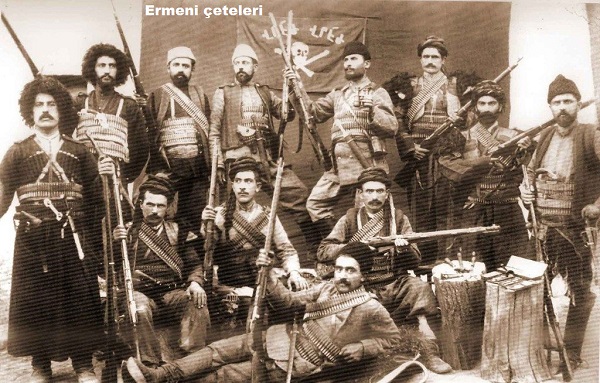
 ANOTHER INSTANCE OF RADICAL ARMENIAN NATIONALISM AND TURCOPHOBIA BEING JUSTIFIED: SUMBAD BOROYAN
ANOTHER INSTANCE OF RADICAL ARMENIAN NATIONALISM AND TURCOPHOBIA BEING JUSTIFIED: SUMBAD BOROYAN
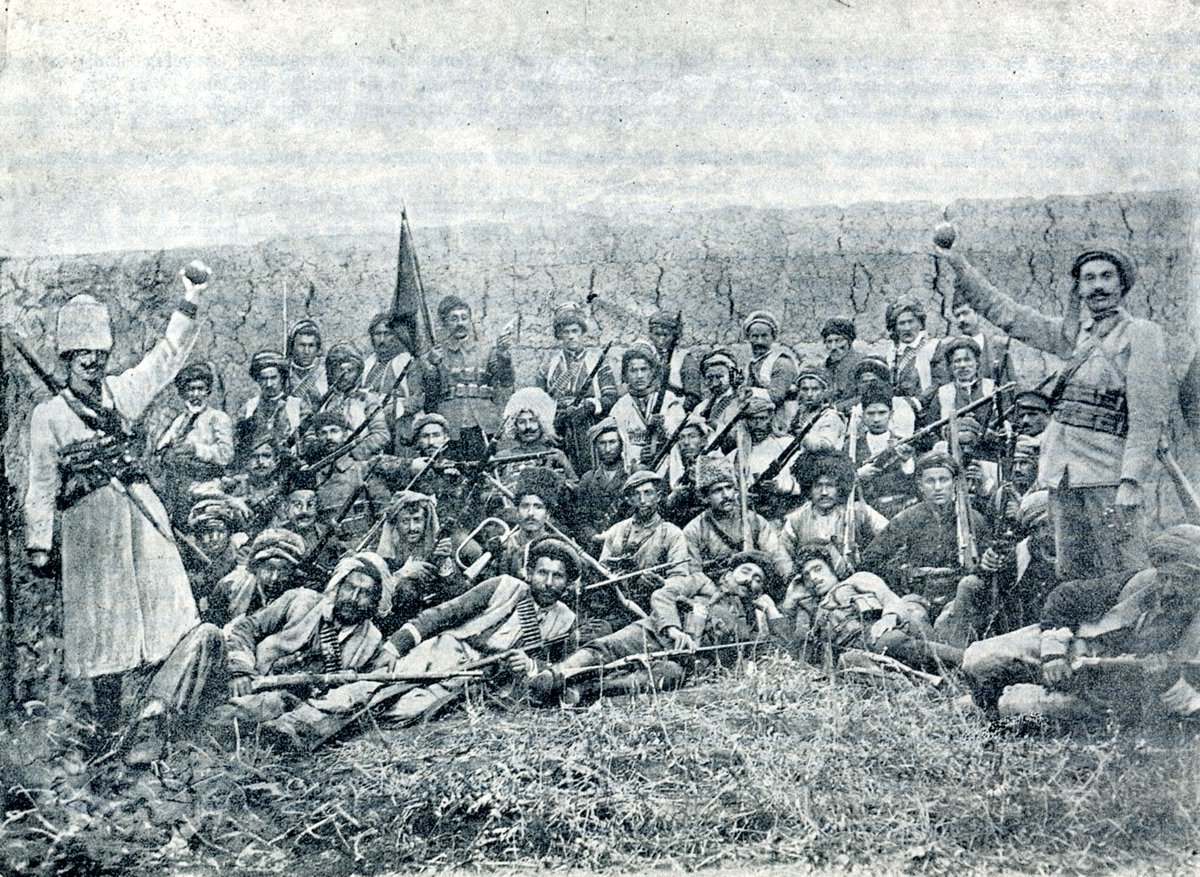 A REVIEW OF THE 1915 VAN REVOLT - BEFORE AND AFTER, ARGUMENTS AND DISTORTIONS
A REVIEW OF THE 1915 VAN REVOLT - BEFORE AND AFTER, ARGUMENTS AND DISTORTIONS
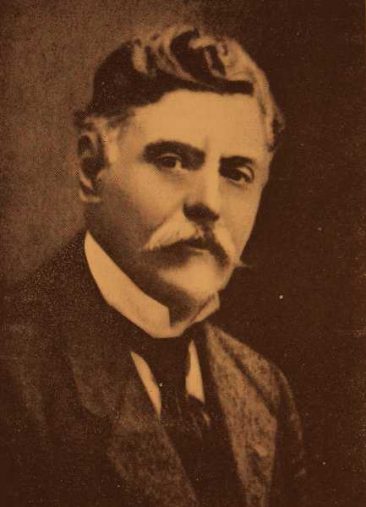 THE ARMENIAN APOSTOLIC CHURCH’S US EASTERN PRELACY NARRATES THE TREASON
THE ARMENIAN APOSTOLIC CHURCH’S US EASTERN PRELACY NARRATES THE TREASON
 ARMENIAN COOPERATION IN THE TSARDOM OF RUSSIA’S OCCUPATION OF EASTERN ANATOLIA DURING WORLD WAR I
ARMENIAN COOPERATION IN THE TSARDOM OF RUSSIA’S OCCUPATION OF EASTERN ANATOLIA DURING WORLD WAR I
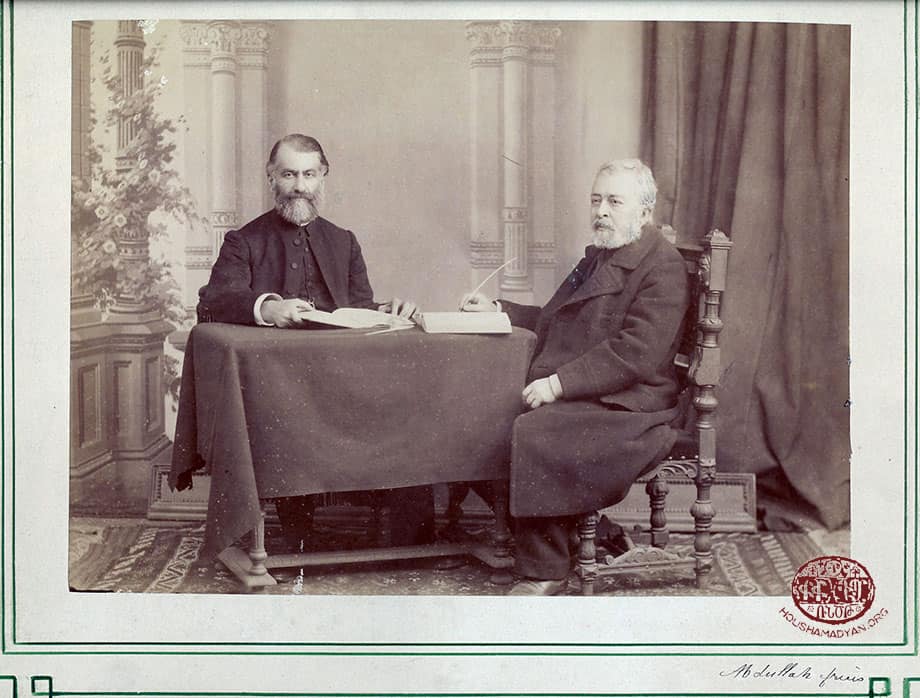 A PIONEER OF ARMENIAN CRITICAL HISTORIOGRAPHY: MADATIA KARAKASHIAN
A PIONEER OF ARMENIAN CRITICAL HISTORIOGRAPHY: MADATIA KARAKASHIAN
 15TH SUMMIT OF LEADERS OF THE ECONOMIC COOPERATION ORGANIZATION
15TH SUMMIT OF LEADERS OF THE ECONOMIC COOPERATION ORGANIZATION
 CALL FOR PAPERS: REVIEW OF ARMENIAN STUDIES
CALL FOR PAPERS: REVIEW OF ARMENIAN STUDIES
 THE EUROPEAN PARLIAMENT RESOLUTION AND THE TERRORIST ATTACK AT CHRISTCHURCH
THE EUROPEAN PARLIAMENT RESOLUTION AND THE TERRORIST ATTACK AT CHRISTCHURCH
 EUROPE’S LIMITS AND ITS LIMITLESS SILENCE
EUROPE’S LIMITS AND ITS LIMITLESS SILENCE
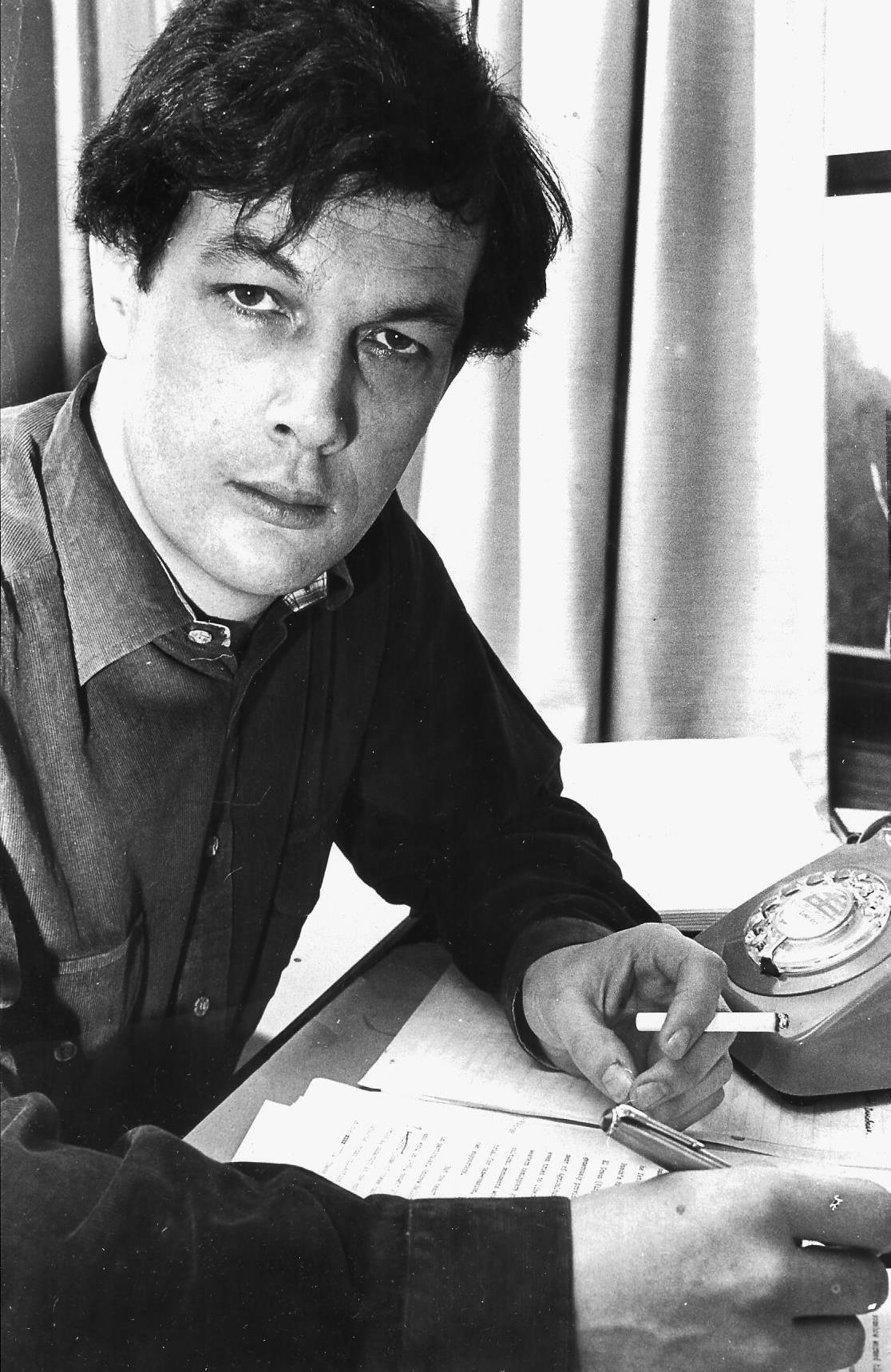 OBITUARY: MAVERICK HISTORIAN AND TURKEY’S GREAT FRIEND NORMAN STONE PASSED AWAY
OBITUARY: MAVERICK HISTORIAN AND TURKEY’S GREAT FRIEND NORMAN STONE PASSED AWAY




























